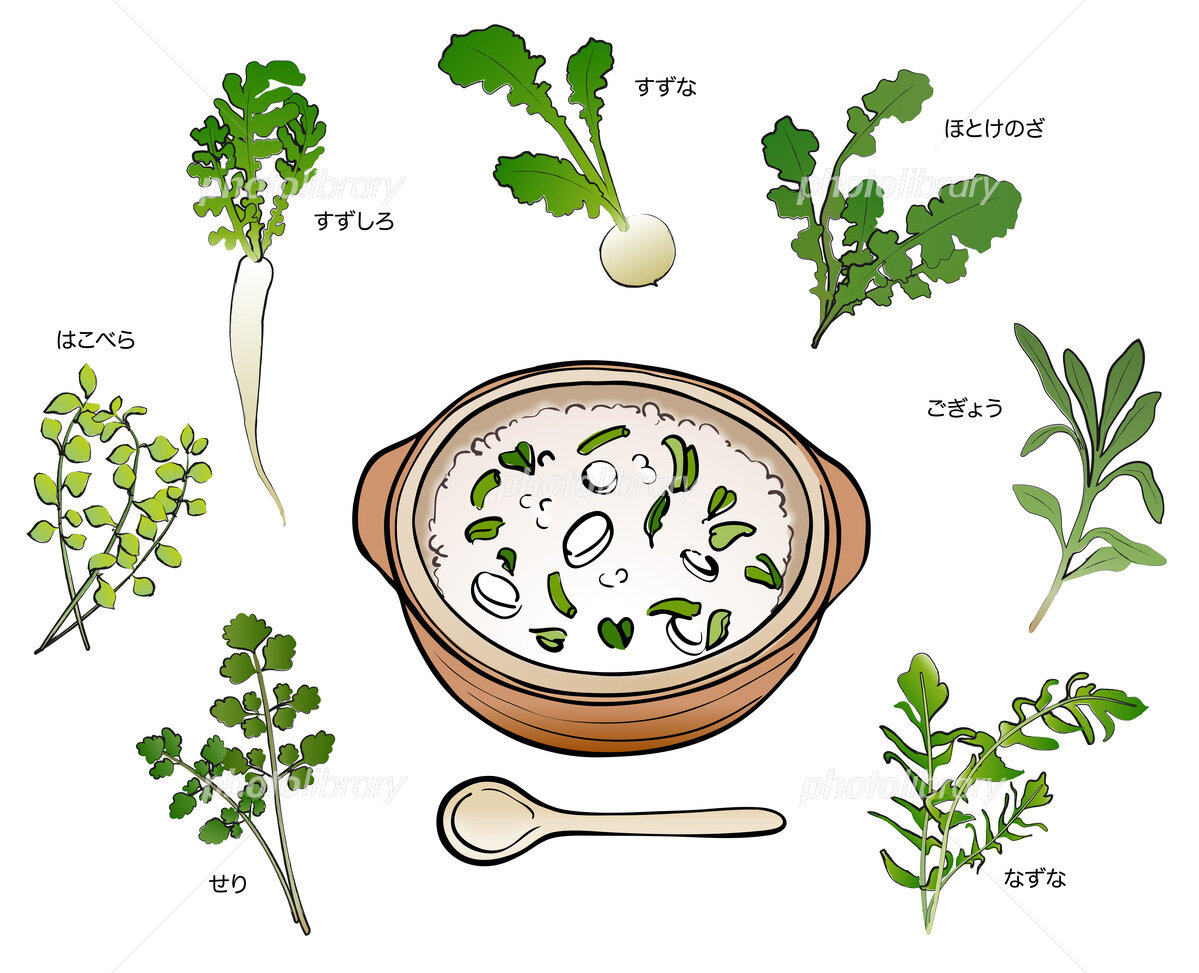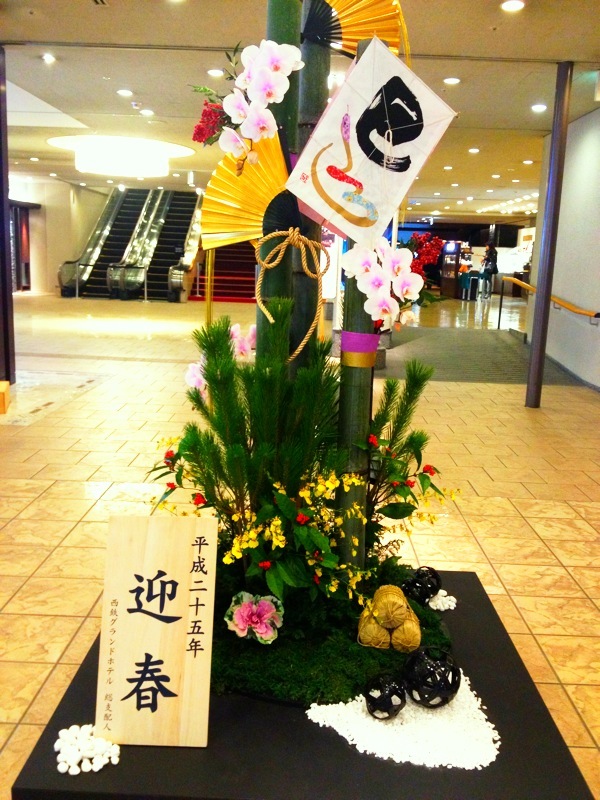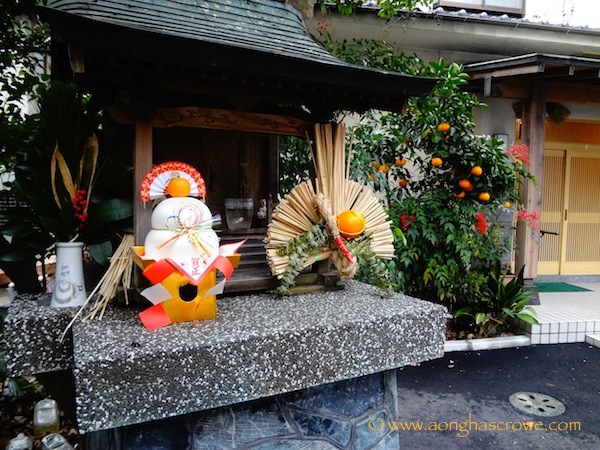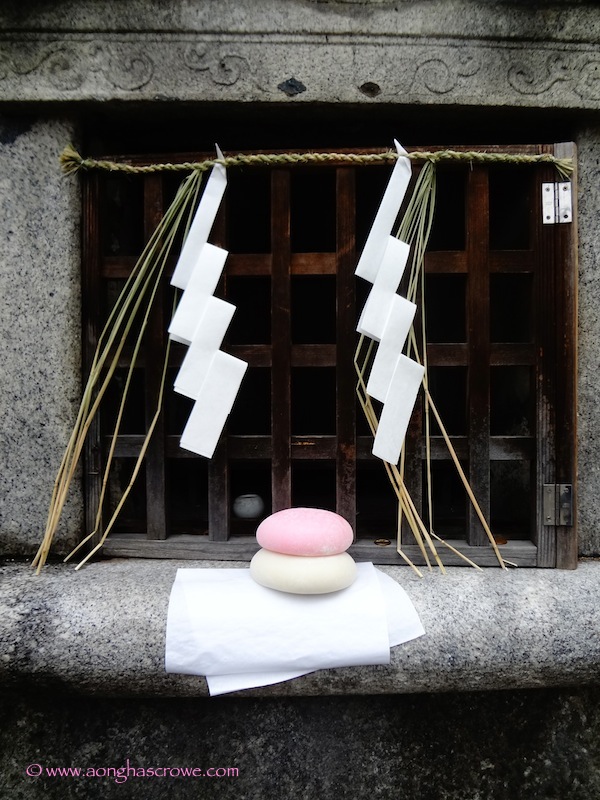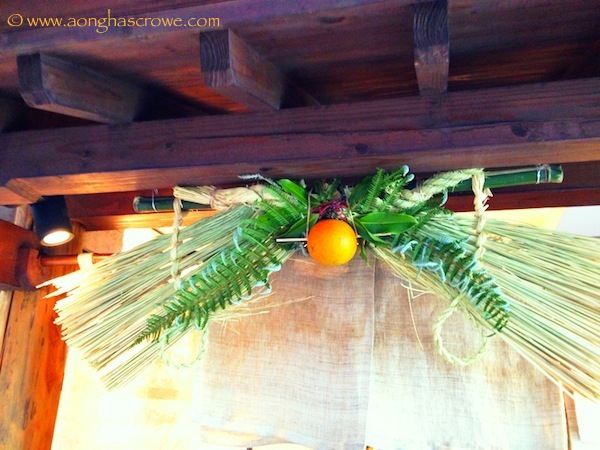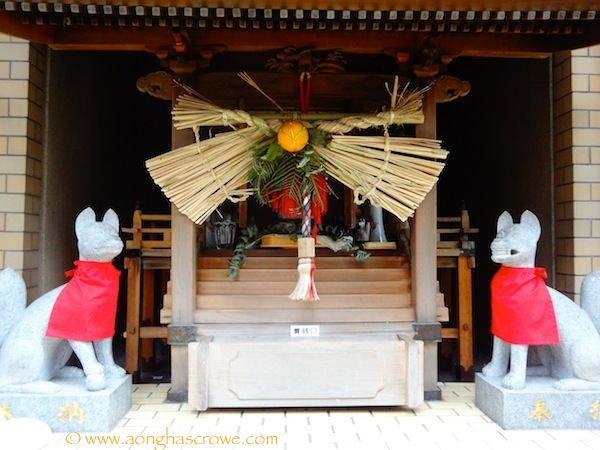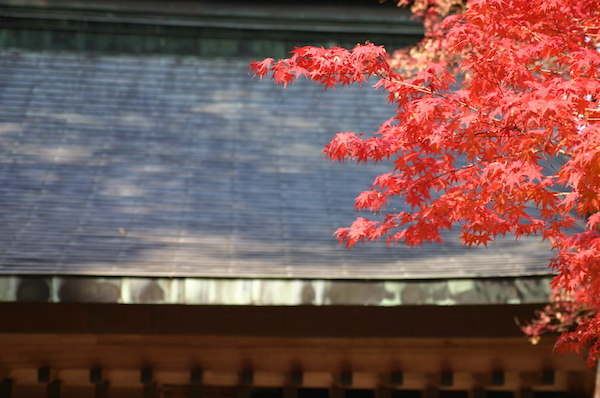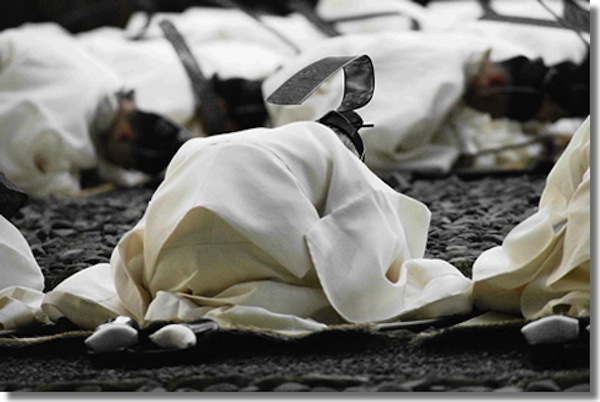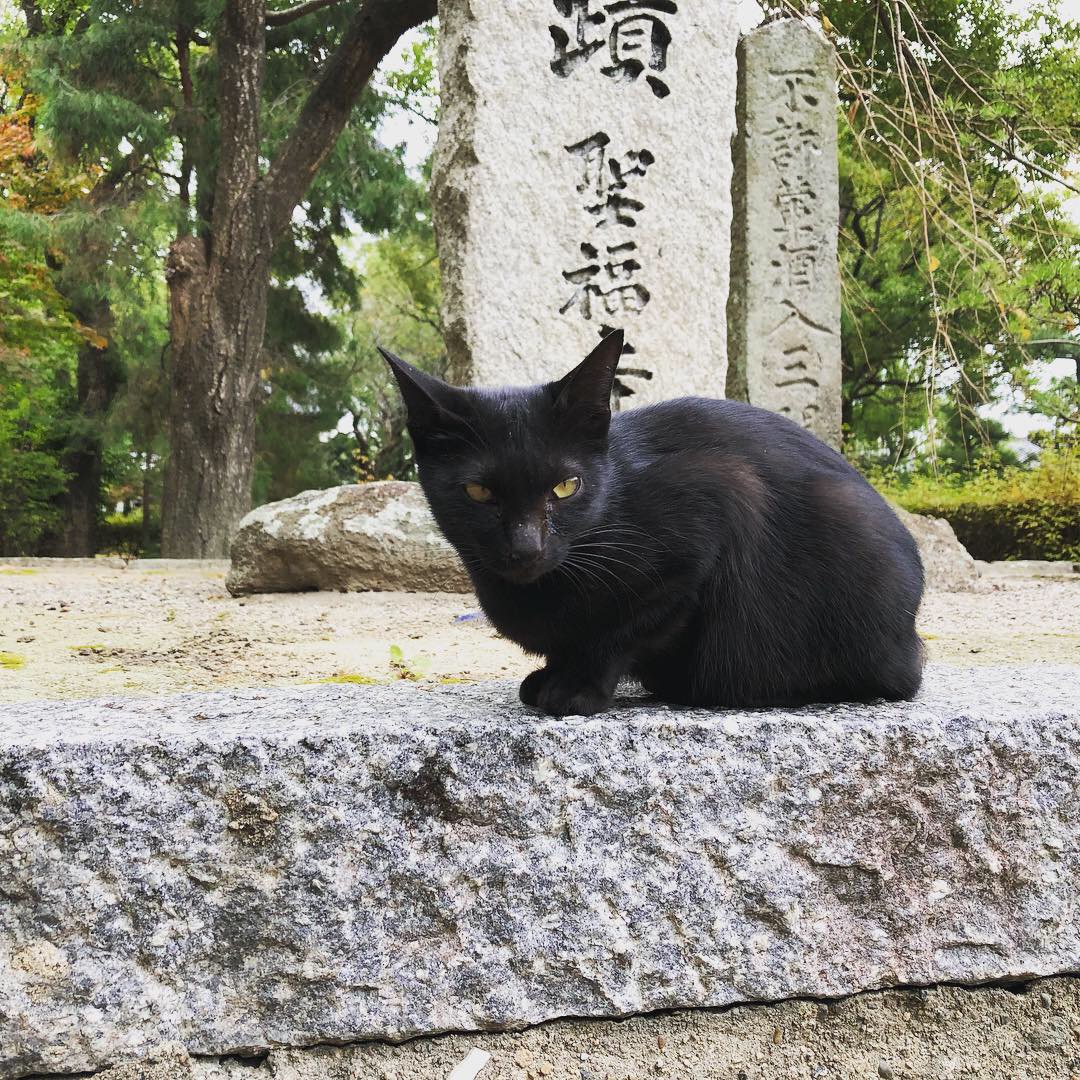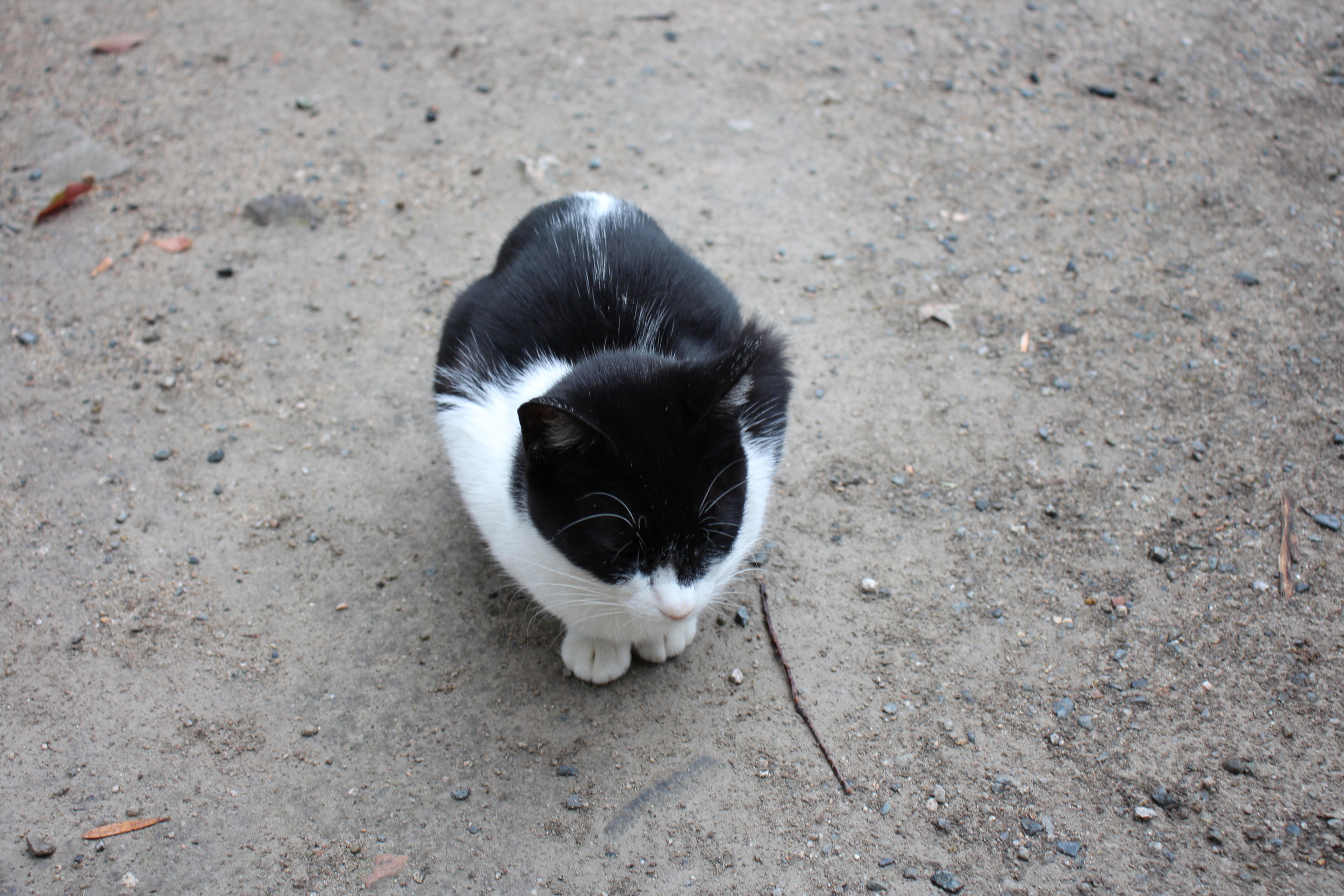I have been trying to put a piece together on extracurricular activities in Japan with comparison to the situation in the States. There are loads of stats on naraigoto (習い事, after school lessons) here, but much less information concerning extracurricular lessons and activities in America. The Census Bureau claimed that 6 out of 10 kids in the US participated in some kind of extracurricular activity, but didn’t give much detail as to what kind or how often. One interesting nugget in the report was that only 8% of children in America were taking part in all three activities (i.e. sports, clubs, and lessons) at the same time. Children referred to those in grades K-12.
As for our family, my second-grade son does karate 2-4 times a week, soccer 2-3 times, soroban (abacus) once a week, and English once a week with his friends from kindergarten. He has mini English lessons with me a few times a week in addition to the lesson with his friends. During school breaks, we enroll him in swim lessons. For half of last year, he was in a shōgi (Japanese chess) class a few times a month. His 6-year-old brother has a similar schedule, minus the shōgi, and soccer is only once a week. In the winter months, I take the boys ice skating every other week.
Living downtown as we do, almost all of the lessons are a short walk away.
When my elder son was in his infancy, I had ideas about what lessons I would have him take—English, of course, but also calligraphy, classic guitar, and so on. None of that happened, except for the English.
His first activity was Play School. A bit expensive, but highly recommended. Shortly after he entered elementary school, though, he grew tired of it. Karate became the focus. At first it was only 1-2 times a week, but after getting his arse whooped in a tournament, he told his mother that he wanted to become stronger, so she started taking him to the main dōjō. Soccer was started as a way to maintain the friendships with his kindergarten friends but last year he changed teams, again in order to be a better player. Soccer is his passion at the moment and he doesn’t mind going to every practice. He insists even though he is exhausted afterwards.
The other day, I was walking past the Eishinkan Juku (cram school) just as the kids were getting out. It was Saturday evening and they kids looked as if the life had been sucked right out of them.
Cram schools like Eishinkan offer tests free to the public as a way to, one, check the level of the eggheads who study at their school with that of non-juku kids, and, two, to scare parents whose kids don’t go into following the herd and sending their own children as well. It’s a funny business.
We had our boy take the test a few weeks ago are now waiting the results. Ideally we would like to avoid jukus as long as possible, but I wonder how feasible it is. At the moment only a handful of his second grade classmates go, but by fifth grade apparently it’s the reverse. Even kids who are not going to take a private junior high school’s entrance exam go to juku which always has me scratching my head.
The Keiko to Manabu report had some interesting stats on narai goto in Japan.
44% of kids surveyed engaged in one extracurricular activity. 34% two part in two. 16% had three. 5%, like our sons, had four.
40.8% of kids had swim lessons
27.7% had English lessons
20.3% Piano
14.1% Calligraphy
13.5% Cram School
12.8% Gymnastics
8.6% Soccer
7.1% Soroban/Abacus
5.1% Other Sports
4.3% Dance
4.3% Karate





















